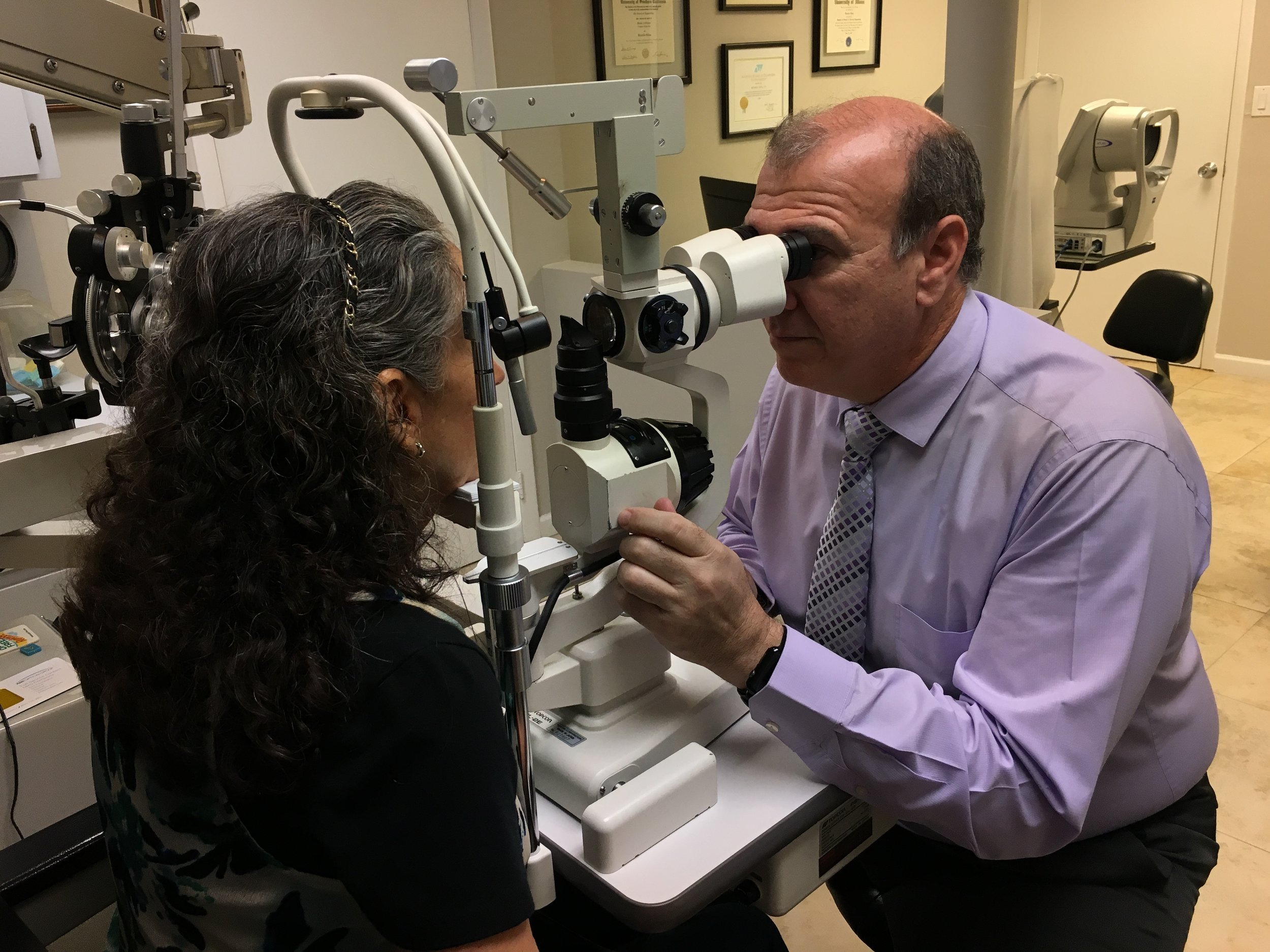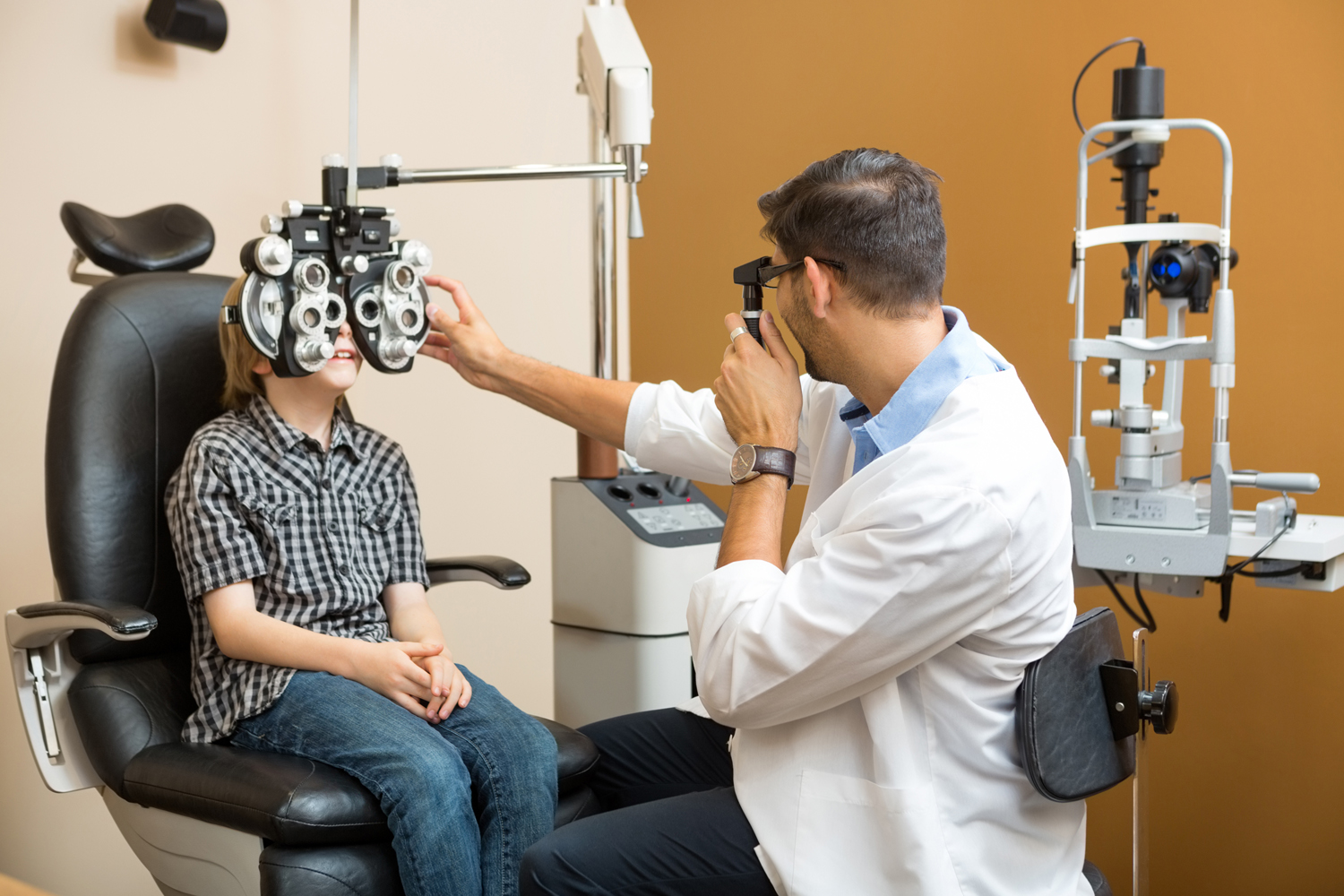Discover the Best Optometrist Chino for Comprehensive Eye Care
Discover the Best Optometrist Chino for Comprehensive Eye Care
Blog Article
Discovering the Latest Technical Advancements in Optometry and What They Mean for Eye Doctors
In the ever-evolving area of optometry, current technical advancements are improving exactly how specialists approach eye treatment. From the accuracy of Optical Coherence Tomography to the nuanced insights provided by AI-driven analysis devices, these technologies are establishing brand-new standards in person analysis and therapy. Teleoptometry is positioned to redefine ease of access, ensuring that experience goes beyond geographical restrictions. As these developments penetrate the method, eye doctors are encountered with the difficulty of accepting these tools to improve individual end results. The inquiry continues to be: just how will these technological shifts redefine the roles and obligations within the profession?
Developments in Diagnostic Devices
Advancing the area of optometry, developments in diagnostic devices have actually changed the method eye treatment experts examine and detect visual disabilities and eye problems. The past decade has actually seen significant technical improvements, making it possible for even more accurate and detailed analyses.
One more key technology is the intro of sophisticated corneal topography systems, which map the surface area curvature of the cornea with precision. These devices are specifically valuable for suitable contact lenses and detecting corneal problems. Digital retinal imaging has actually changed traditional ophthalmoscopy, offering in-depth, scenic views of the retina that promote detailed aesthetic examinations.
The development of wavefront aberrometry has likewise been vital, allowing the evaluation of refractive mistakes with unequaled precision (Opticore Optometry). This innovation assists in tailoring restorative lenses and boosting surgical results for refractive surgeries. Jointly, these diagnostic developments encourage eye doctors to supply exceptional individual treatment, ensuring early intervention and tailored treatment strategies, ultimately boosting aesthetic health results
AI in Individual Monitoring
Building on the foundation of sophisticated analysis devices, the consolidation of fabricated knowledge (AI) in individual management stands for a transformative jump for optometry. AI systems are progressively used to boost performance, precision, and personalization in client care.
Additionally, AI-driven systems assist in streamlined individual interactions and management procedures. Automated scheduling, digital examinations, and individualized follow-up plans not only improve patient satisfaction however also optimize time administration for practitioners. These systems can triage individuals based upon the necessity of their problems, making certain that those in critical requirement get timely attention.
Additionally, AI improves decision-making by supplying optometrists with evidence-based referrals and therapy pathways. By integrating information from digital health records, AI tools offer insights that educate professional decisions, decreasing the danger of mistakes and enhancing person outcomes. As AI remains to evolve, its function in patient monitoring will likely broaden, improving the landscape of optometric treatment.
Breakthroughs in Retinal Imaging
In the realm of optometry, retinal imaging has seen impressive technical improvements that are boosting analysis capacities and person treatment. Advancements such as Optical Coherence Tomography (OCT) and fundus digital photography have actually transformed how eye doctors examine the retina and picture. OCT, specifically, supplies high-resolution, cross-sectional pictures of the retina, allowing for the thorough examination of its layers. This capacity is important for early detection and management of problems like glaucoma, diabetic retinopathy, and age-related macular degeneration.
Boosted imaging modalities like OCT angiography are additional refining diagnostic accuracy. Opticore Optometry. Such innovations assist in the recognition of minute retinal changes that can indicate illness progression.
Additionally, developments in expert system are augmenting retinal imaging by allowing automated evaluation of huge datasets. These systems aid eye doctors in recognizing patterns indicative of pathology, consequently improving analysis accuracy and performance. Collectively, these innovations are changing retinal imaging right into a cornerstone of modern-day eye care, improving results and broadening restorative possibilities.
Teleoptometry's Growing Role
Teleoptometry is progressively becoming an essential part of eye treatment, driven by innovations in data and diagnostic tools. As optometry embraces digital improvement, teleoptometry helps with remote appointments, permitting eye doctors to extend their solutions beyond typical borders. This is particularly valuable in rural and underserved areas where access to specialized eye care is usually limited. By leveraging high-resolution video clip conferencing and progressed retinal imaging, eye doctors can conduct comprehensive eye exams from afar, making certain timely medical diagnosis and therapy.
The assimilation of fabricated knowledge (AI) more improves teleoptometry, making it possible for the evaluation of aesthetic data and aiding in the discovery of ocular problems such as glaucoma and diabetic person retinopathy. AI-powered formulas can swiftly translate intricate imaging information, supplying eye doctors with beneficial understandings that boost clinical decision-making.
In addition, teleoptometry supports continuity of care through seamless assimilation with digital health and wellness records (EHRs), permitting eye doctors to preserve comprehensive person backgrounds. This guarantees that people receive consistent and customized care even when seeking advice from with various practitioners.
In spite of these advantages, obstacles continue to be, consisting of making sure data protection and handling individual assumptions. Nonetheless, teleoptometry stands for a significant stride in the direction of even more accessible, effective, and patient-centered eye care. As modern technology evolves, its function is poised to increase additionally.

Future Patterns in Eye Care
A myriad of innovative patterns is readied to reshape the future of eye care, driven by technical improvements and the evolving demands of clients. One significant fad is the assimilation of man-made knowledge (AI) in diagnostics, which promises to improve the precision and performance of eye evaluations. AI algorithms can assess large amounts of information from retinal photos, possibly finding conditions like diabetic person retinopathy and glaucoma earlier than traditional techniques.
In addition, customized medication is obtaining traction in browse around these guys optometry, with genetic screening notifying personalized treatment plans. This method intends to optimize client outcomes by tailoring treatments to this article individual hereditary accounts. Wearable innovation, such as wise call lenses, is also imminent, offering real-time surveillance of intraocular pressure or sugar levels, therefore offering continual insights right into systemic and ocular wellness.
The fostering of enhanced truth (AR) and virtual fact (VR) in training and individual education is an additional arising fad. These modern technologies provide immersive experiences that can boost understanding and skills both for eye doctors and clients. As these fads advance, eye doctors need to remain abreast of technological developments to supply cutting-edge treatment, making certain enhanced person end results and satisfaction in the dynamic landscape of eye treatment.
Conclusion

Jointly, these analysis developments empower optometrists to provide remarkable individual treatment, guaranteeing very early treatment and tailored treatment techniques, inevitably improving visual wellness end results.

As these modern technologies proceed to develop, eye doctors must adjust and integrate them into technique, inevitably enhancing operations performance and raising the criterion of eye care provided to individuals.
Report this page